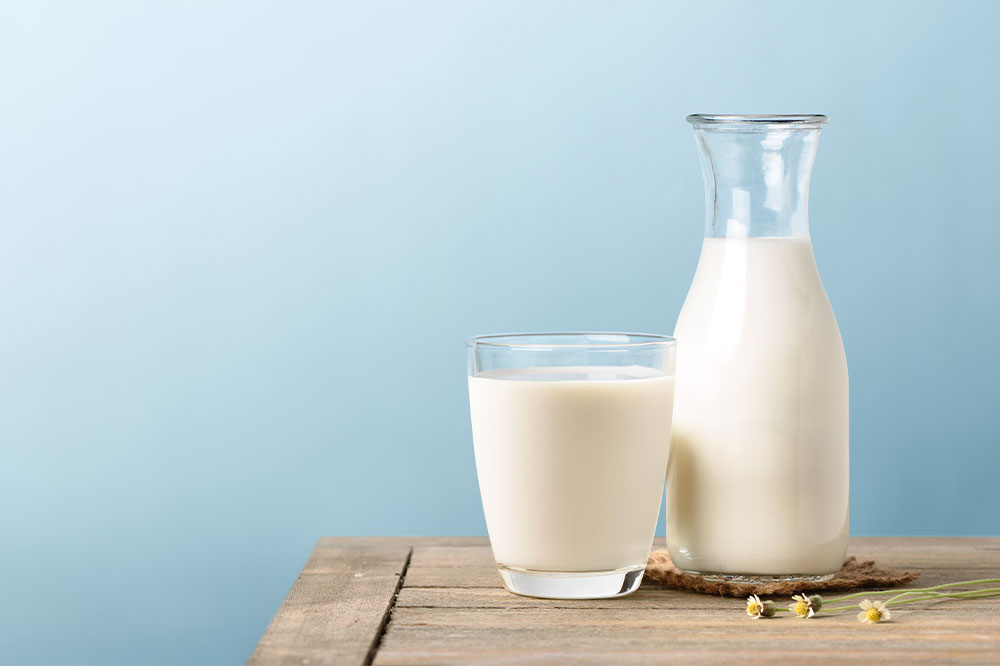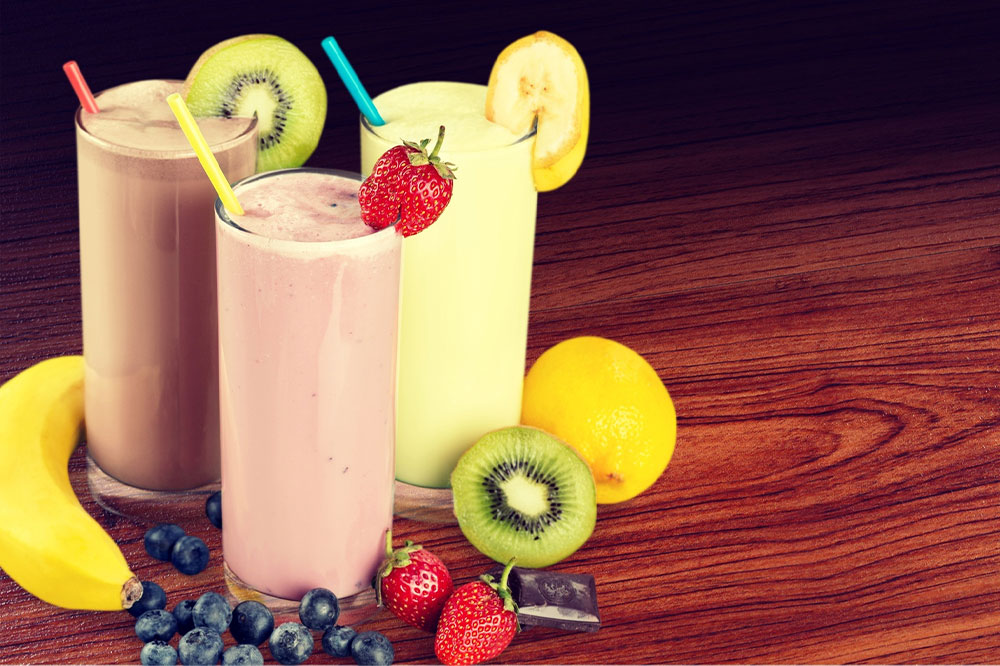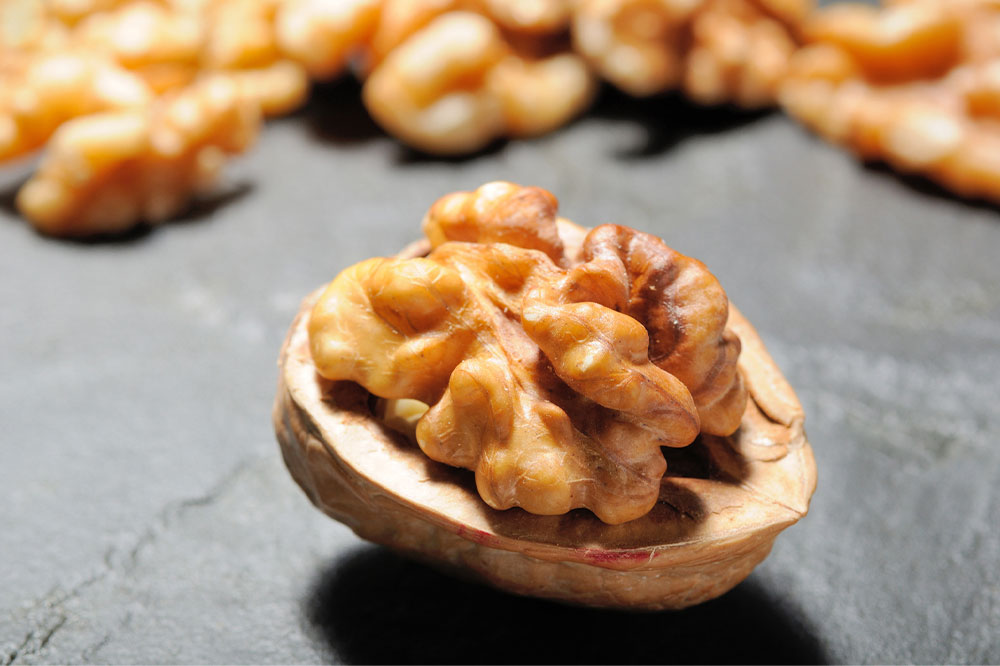
health
Watch out for these 3 early warning signs of lymphoma
Lymphoma is a cancer of the lymphatic system – a part of the germ-fighting network in the body comprising the lymph nodes, thymus gland, bone marrow, and spleen. Lymphoma can affect all these areas and also other parts of the body. There are two main subtypes of lymphoma – Non-Hodgkin’s lymphoma and Hodgkin’s lymphoma. The treatment plan mostly depends on the lymphoma type and its severity. Read further to know more about this condition. Early signs and symptoms In most cases, lymphoma treatment may vary depending on various factors, such as the organs involved and the progression of the disease. Also, some patients may experience glaring signs of the condition, but others may not have anything at all. Hence here are some early symptoms of lymphoma. Swollen lymph nodes The lymph nodes are a part of the immune system in the body as they help circulate lymph fluid which contains immune cells throughout the body. In patients suffering from the condition, the swollen lymph nodes might appear like lumps under the skin and are primarily noticed in areas like the underarm, side of the neck, groin, and above the collarbone. Even though a glaring sign of lymphoma, the swelling may also be caused by infections.
Read More 













